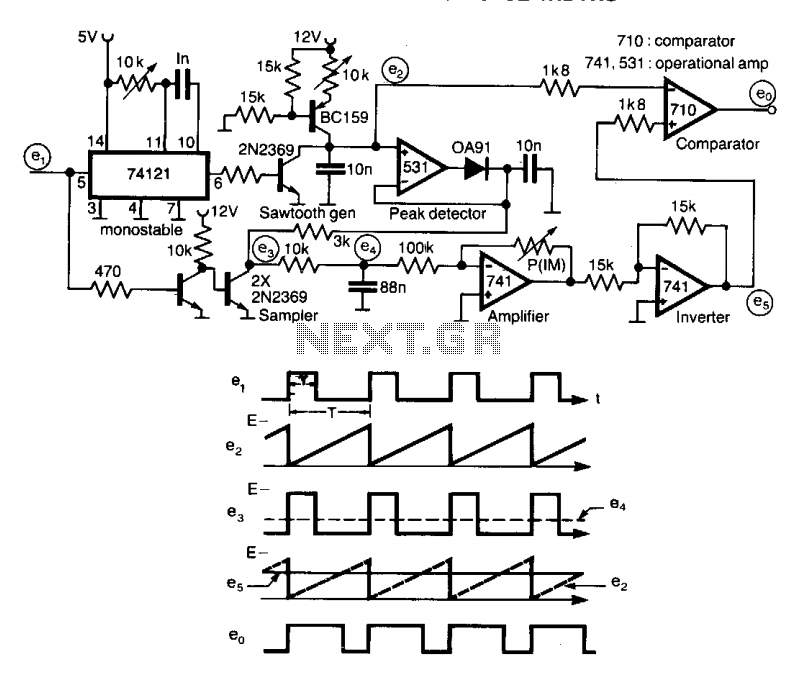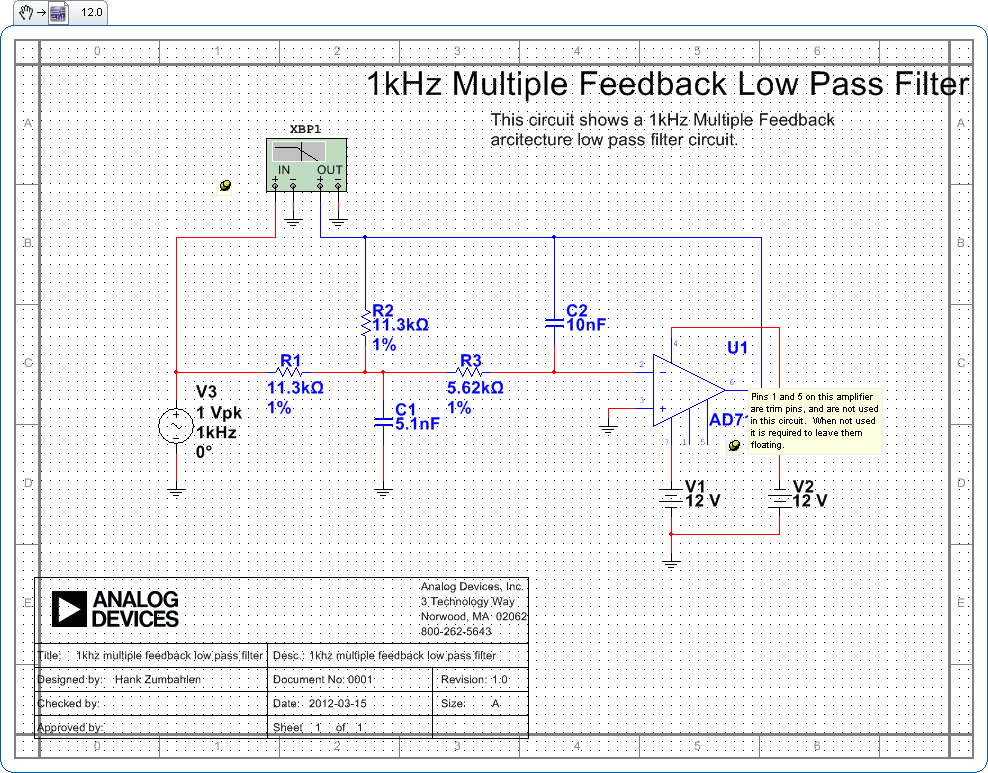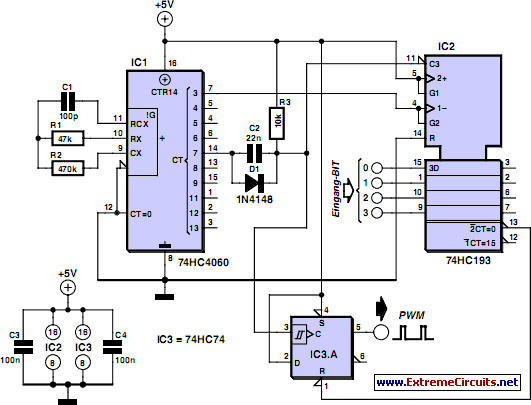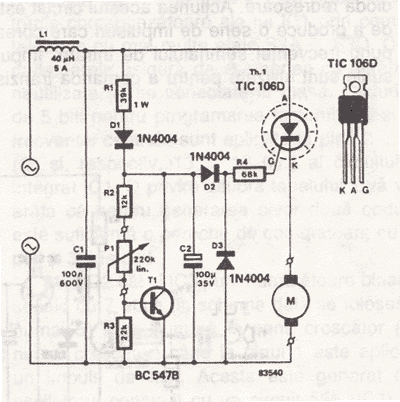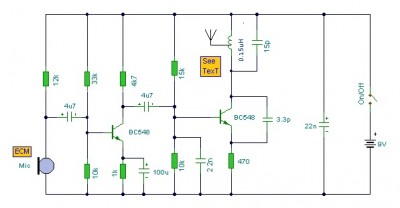
Induction high pressure alarm circuit
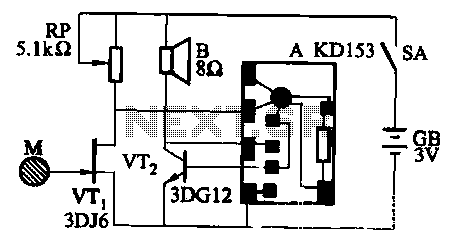
It utilizes the KD153 type "ding-dong" music integrated circuit (IC) to produce a "ding-dong" sound alarm. The reference number is 221611, and it is related to a refrigerator door alarm circuit.
The KD153 integrated circuit is designed specifically for generating melodic sounds, making it suitable for applications such as door alarms. In this circuit, the KD153 is configured to emit a "ding-dong" sound when triggered by the opening of the refrigerator door.
The circuit typically includes a power supply, which can be a simple battery or an AC adapter, providing the necessary voltage to the KD153 IC. The output of the IC is connected to a small speaker or piezo buzzer, which converts the electrical signals into audible sound.
A switch mechanism is employed, often a magnetic reed switch, which is activated when the refrigerator door is opened. This switch is connected in such a way that it completes the circuit, allowing current to flow to the KD153 IC. Upon activation, the IC begins to operate, generating the pre-programmed "ding-dong" melody.
Additional components may include resistors and capacitors that help to stabilize the circuit and control the volume of the output sound. A diode may also be included to protect the circuit from reverse polarity connections or voltage spikes.
The overall design of the refrigerator door alarm circuit using the KD153 IC is straightforward, making it accessible for hobbyists and engineers alike. It serves as an effective alert system to remind users when the refrigerator door is left open, thereby helping to maintain energy efficiency and food safety.It uses KD153 type "ding-dong" music IC, issued a "ding-dong" sound alarm. d = 221611 " There /dianlu/safe/201303/160666.htm" refrigerator door alarm circuit.
The KD153 integrated circuit is designed specifically for generating melodic sounds, making it suitable for applications such as door alarms. In this circuit, the KD153 is configured to emit a "ding-dong" sound when triggered by the opening of the refrigerator door.
The circuit typically includes a power supply, which can be a simple battery or an AC adapter, providing the necessary voltage to the KD153 IC. The output of the IC is connected to a small speaker or piezo buzzer, which converts the electrical signals into audible sound.
A switch mechanism is employed, often a magnetic reed switch, which is activated when the refrigerator door is opened. This switch is connected in such a way that it completes the circuit, allowing current to flow to the KD153 IC. Upon activation, the IC begins to operate, generating the pre-programmed "ding-dong" melody.
Additional components may include resistors and capacitors that help to stabilize the circuit and control the volume of the output sound. A diode may also be included to protect the circuit from reverse polarity connections or voltage spikes.
The overall design of the refrigerator door alarm circuit using the KD153 IC is straightforward, making it accessible for hobbyists and engineers alike. It serves as an effective alert system to remind users when the refrigerator door is left open, thereby helping to maintain energy efficiency and food safety.It uses KD153 type "ding-dong" music IC, issued a "ding-dong" sound alarm. d = 221611 " There /dianlu/safe/201303/160666.htm" refrigerator door alarm circuit.
